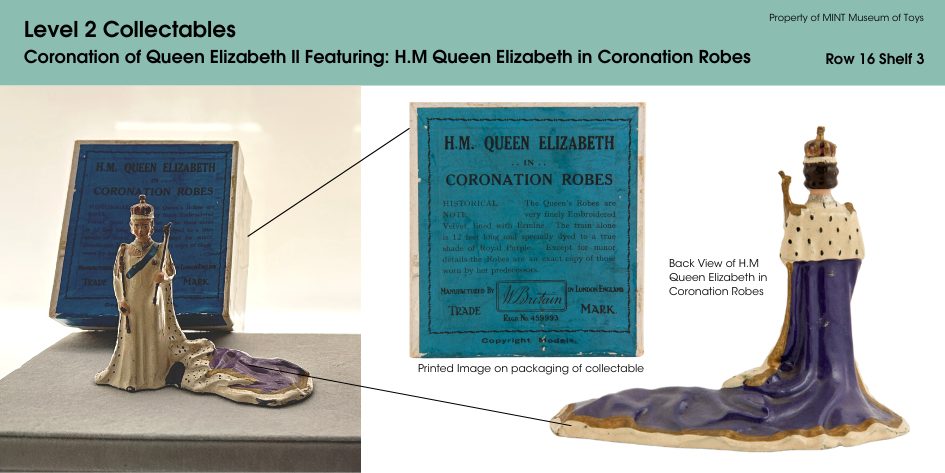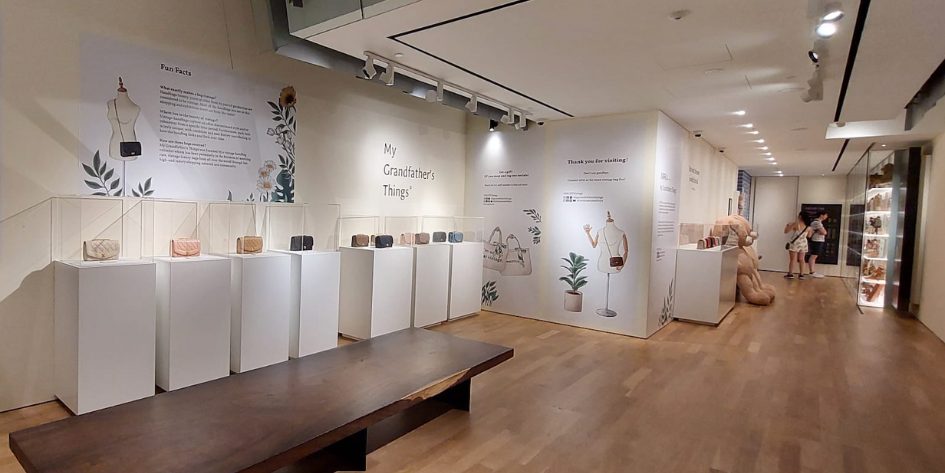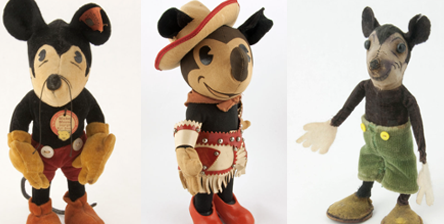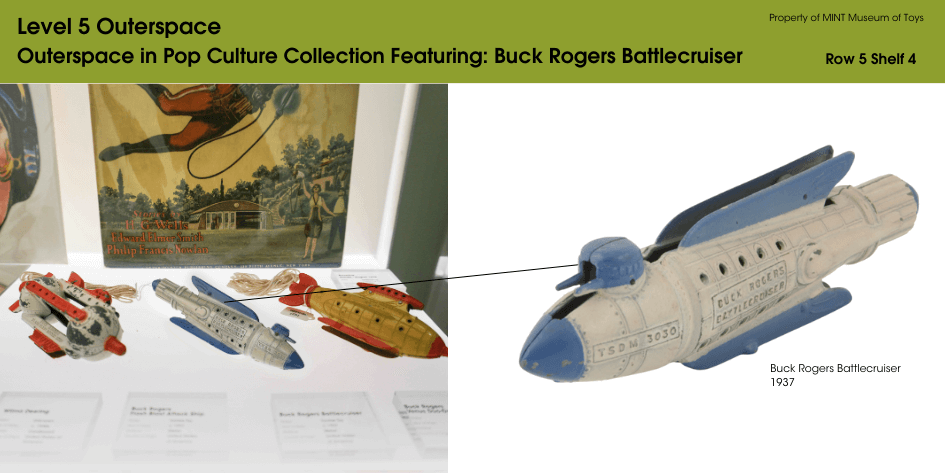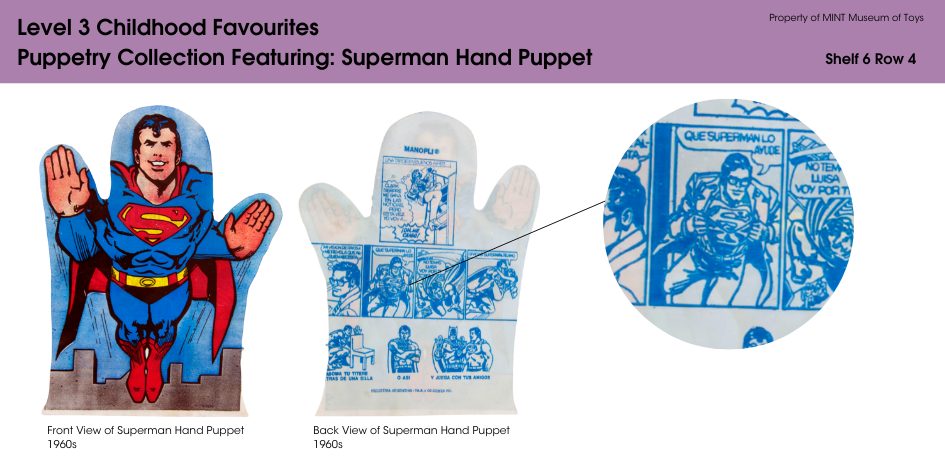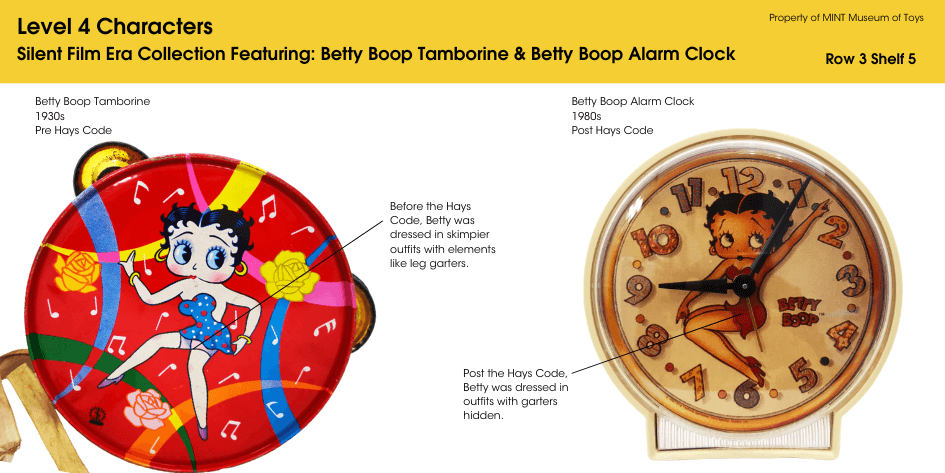Everyone’s heard of the Victorian era novelist Charles Dickens, whether because you had to read one of his books for school, or simply because he’s reached a level of fame so many authors can only dream of. His notable works include “Oliver Twist”, “A Christmas Carol”, and “Great Expectations” – novels that have inspired dozens of tributes, homages, and reimaginations over the decades since their publication.
Yet Dickens’ own favourite out of his impressive repertoire was the novel “David Copperfield”. While Copperfield has also been highly popular ever since its publishing, Dickens’ fondness often boiled down to one simple reason: It was the novel that had the most of his own life written into it.
Join us as we discover some of the personal history behind this famous novel.
Who was Charles Dickens?
Charles Dickens was born in Hampshire in February 1812 as the 2nd of his parents’ 8 children. While his early childhood was quite ordinary, things changed in 1824 when his father John was imprisoned for his inability to pay back his mounting debts.
Consequently, Dickens left school at a young age and took on manual labour jobs to support his family through economic hardship. Dickens experienced many frustrations at the struggles faced by working class people during the Victorian era, and channelled these observations into his writing. Many difficult episodes from Dickens’ childhood later made it into his works including Copperfield and “Dombey and Sons”.
He finally managed to attend school for several more years and went on to become a junior clerk, freelance reporter, and political journalist. Dickens began his now-renowned writing career in the 1830s by submitting short stories to periodicals.
What and who was David Copperfield?

Maker: Bradbury & Evans
Year of Make: 1850s
Material: Paper
Country of Origin: United Kingdom
David Copperfield is the eponymous protagonist of the novel “David Copperfield”. The novel was originally serialised between May 1849 to November 1850, and titled “The Personal History, Adventures, Experience and Observation of David Copperfield the Younger of Blunderstone Rookery”.
Dickens had already written over 10 novels before Copperfield and would go on to write many more, but Copperfield remained his favourite until his death in 1870. It is known for being a bildungsroman (a coming-of-age work focusing on a character’s development between youth and adulthood) as well as a critique of social issues in Victorian era society.
Notably, it also has the strongest elements of autobiography and featured incidents lifted right out of Dickens’ life. As he never completed his autobiography and no biography of him was published during his lifetime, Copperfield is one of the closest we’ll ever get to a retelling of Dickens’ life through his own words.
Many characters in Copperfield had real-life analogues including Dickens himself. David struggles through factory work just as Dickens did, and even becomes a reporter and novelist. The characters Edward Murdstone, Wilkins Micawber, and Betsey Trotwood also mirror Dickens’ cruel factory bosses, father, and aunt respectively.
At the same time, there are fictional elements woven into the novel that cause it to be only partly autobiographical. For example, David’s romance with Dora Spenlow mirrors Dickens’ failed romance with Maria Beadnell. However while Beadnell was sent abroad due to her parents’ disapproval of Dickens, Dora dies even after she and David realise their love for each other.
If you’re a Charles Dickens fan, a literature lover, or simply someone curious to peek into the past, you can pay a visit to the MINT Museum of Toys to see a genuine copy of an original David Copperfield!
Head straight to our Level 2 Collectables exhibition to see the book on display as well as other limited-edition and vintage toys, books, magazines, and more from around the world. We’re one museum in Singapore you need to visit if you’re looking for a truly one-of-a-kind experience. Get in touch to find out more or read our blog for more insights into the past through toys and collectibles.

